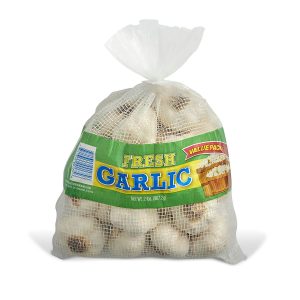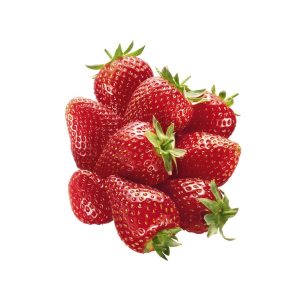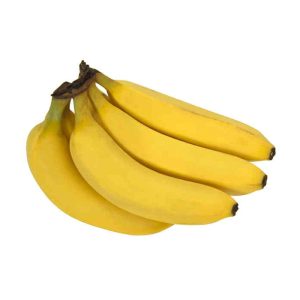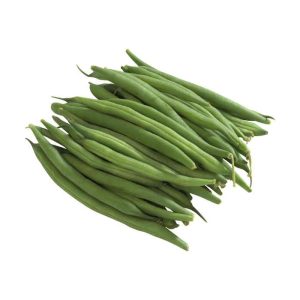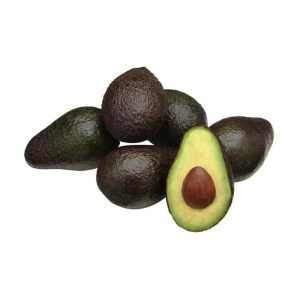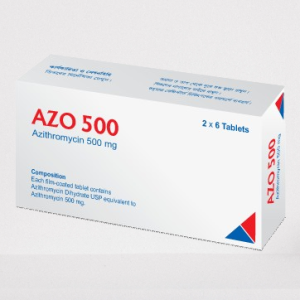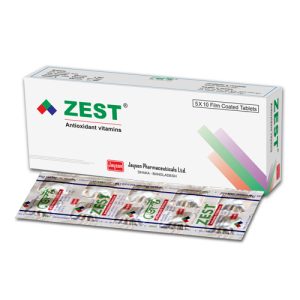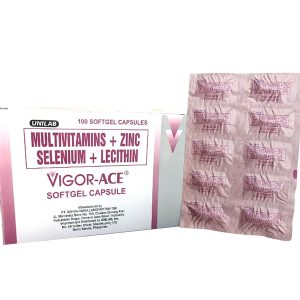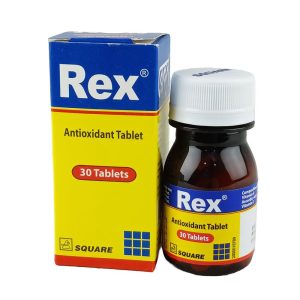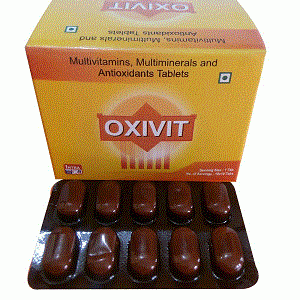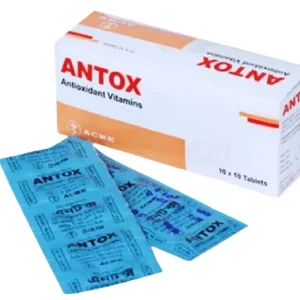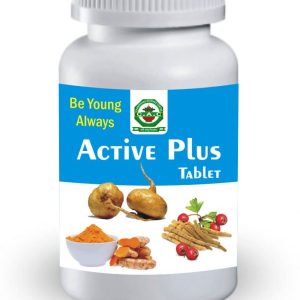Best Seller Items
-
Augason Farms Freeze Dried Beef
- Unrestrained and portable active stereo speaker
- Free from the confines of wires and chords
- 20 hours of portable capabilities
- Double-ended Coil Cord with 3.5mm Stereo Plugs Included
- 3/4″ Dome Tweeters: 2X and 4″ Woofer: 1X
৳ 64.99Augason Farms Freeze Dried Beef
৳ 64.99 -
Vita Coco Coconut Water (Pack of 12)
- Unrestrained and portable active stereo speaker
- Free from the confines of wires and chords
- 20 hours of portable capabilities
- Double-ended Coil Cord with 3.5mm Stereo Plugs Included
- 3/4″ Dome Tweeters: 2X and 4″ Woofer: 1X
৳ 20.08৳ 25.89Vita Coco Coconut Water (Pack of 12)
৳ 20.08৳ 25.89 -
Australia Banana 16 Pack 2.5 kg
- Unrestrained and portable active stereo speaker
- Free from the confines of wires and chords
- 20 hours of portable capabilities
- Double-ended Coil Cord with 3.5mm Stereo Plugs Included
- 3/4″ Dome Tweeters: 2X and 4″ Woofer: 1X
৳ 59.99Australia Banana 16 Pack 2.5 kg
৳ 59.99 -
Ocean Spray 100% Juice, 10 Ounce Bottle
- Unrestrained and portable active stereo speaker
- Free from the confines of wires and chords
- 20 hours of portable capabilities
- Double-ended Coil Cord with 3.5mm Stereo Plugs Included
- 3/4″ Dome Tweeters: 2X and 4″ Woofer: 1X
৳ 4.35৳ 9.99Ocean Spray 100% Juice, 10 Ounce Bottle
৳ 4.35৳ 9.99 -
Garlic – NZ New Season – Pukekohe – 100g
- Unrestrained and portable active stereo speaker
- Free from the confines of wires and chords
- 20 hours of portable capabilities
- Double-ended Coil Cord with 3.5mm Stereo Plugs Included
- 3/4″ Dome Tweeters: 2X and 4″ Woofer: 1X
৳ 2.56৳ 3.02Garlic – NZ New Season – Pukekohe – 100g
৳ 2.56৳ 3.02 -
Tasty Bite Jasmine Rice 8.8 Ounce
- Unrestrained and portable active stereo speaker
- Free from the confines of wires and chords
- 20 hours of portable capabilities
- Double-ended Coil Cord with 3.5mm Stereo Plugs Included
- 3/4″ Dome Tweeters: 2X and 4″ Woofer: 1X
৳ 18.85
-
Azo Tablet
Azithromycin is acid-stable and can therefore be taken orally with no need of protection from gastric acids. It is readily absorbed; its absorption is greater on an empty stomach. Time to peak concentration in adults is 2.1 to 3.2 hours for oral dosage forms. Due to the high concentration in phagocytes, azithromycin is actively transported to the site of infection. During active phagocytosis, large concentrations of azithromycin are released. The concentration of azithromycin in the tissues can be over 50 times higher than in plasma. This is due to ion trapping and the high lipid solubility.
Azithromycin’s half-life allows a large single dose to be administered and yet maintain bacteriostatic levels in the infected tissue for several days. Following a single 500 mg dose, plasma concentrations of azithromycin declined in a polyphasic pattern with a mean apparent plasma clearance of 630 mL/min and a terminal elimination half life of 68 hours. The prolonged terminal half-life is thought to be due to extensive uptake and subsequent release of drug from tissues. Biliary excretion of azithromycin, predominantly unchanged, is a major route of elimination. Over the course of a week, approximately 6% of the administered dose appears as unchanged drug in urine.
-
Pamix Tablet
Paracetamol exhibits analgesic action by peripheral blockage of pain impulse generation. It produces antipyresis by inhibiting the hypothalamic heat-regulating centre. Its weak anti-inflammatory activity is related to inhibition of prostaglandin synthesis in the CNS.
Paracetamol (Acetaminophen) is thought to act primarily in the CNS, increasing the pain threshold by inhibiting both isoforms of cyclooxygenase, COX-1, COX-2, and COX-3 enzymes involved in prostaglandin (PG) synthesis. Unlike NSAIDs, acetaminophen does not inhibit cyclooxygenase in peripheral tissues and, thus, has no peripheral anti-inflammatory affects. While aspirin acts as an irreversible inhibitor of COX and directly blocks the enzyme’s active site, studies have found that acetaminophen indirectly blocks COX, and that this blockade is ineffective in the presence of peroxides. This might explain why acetaminophen is effective in the central nervous system and in endothelial cells but not in platelets and immune cells which have high levels of peroxides. Studies also report data suggesting that acetaminophen selectively blocks a variant of the COX enzyme that is different from the known variants COX-1 and COX-2. This enzyme is now referred to as COX-3. Its exact mechanism of action is still poorly understood, but future research may provide further insight into how it works. The antipyretic properties of acetaminophen are likely due to direct effects on the heat-regulating centres of the hypothalamus resulting in peripheral vasodilation, sweating and hence heat
-
Pamix Extra Tablet
This is a combination of Paracetamol and Caffeine. Paracetamol has analgesic and antipyretic properties with weak anti-inflammatory activity. Caffeine is an alkaloid which is a theophylline-like xanthine derivative. By intermolecular association with Paracetamol, Caffeine increases the solubility and transmembrane permeation of Paracetamol. In addition, Caffeine increases the pain threshold and tolerance of pain. Caffeine has also an intrinsic power to raise vessel tone in the brain, which provides another benefit to treat migraine and headache.
-
Napxon-P Tablet
As with other non-selective NSAIDs, naproxen exerts it’s clinical effects by blocking COX-1 and COX-2 enzymes leading to decreased prostaglandin synthesis. Although both enzymes contribute to prostaglandin production, they have unique functional differences. The COX-1 enzymes is constitutively active and can be found in normal tissues such as the stomach lining, while the COX-2 enzyme is inducible and produces prostaglandins that mediate pain, fever and inflammation. The COX-2 enzyme mediates the desired antipyretic, analgesic and anti-inflammatory properties offered by Naproxen, while undesired adverse effects such as gastrointestinal upset and renal toxicities are linked to the COX-1 enzyme.
-
Zest Tablet
Beta carotene of this tablet is converted to vitamin A (Retinol) when required. Retinol has several biochemical functions e.g. on retina, growth, tissue differentiation, immunological response. It has also some anti-cancer activity.
Vitamin C is the most powerful reducing agent known to be present in living tissues. Vitamin C deficiency produces scurvy. It is a cofactor in numerous biological processes. Vitamin C and molecular oxygen are essential for the conversion of proline to hydroxyproline, dopamine to noradrenaline . Vitamin C is also essential for the synthesis of adrenal steroid hormones. Vitamin C is important in the defense against infection and studies shown that vitamin C is important for the normal functioning of T-lymphocyte and leukocyte. Ascorbic acid has some antiinflammatory activity and protects cells against oxidation of essential molecules. In high doses, (1-2 g daily) ascorbic acid increases iron absorption.
vitamin E seems to be as a defense against oxidative stress and lipid peroxidation. In most cell membranes there is one molecule of tocopherol for every 1000 lipid molecules. Tocopherol mops up peroxide radicals and then needs a supply of reduced hydrogen to restore the steady-state situation. This is usually supplied by ascorbic acid or reduced glutathione.
-
Vitaforce Tablet
Beta carotene of this tablet is converted to vitamin A (Retinol) when required. Retinol has several biochemical functions e.g. on retina, growth, tissue differentiation, immunological response. It has also some anti-cancer activity.
Vitamin C is the most powerful reducing agent known to be present in living tissues. Vitamin C deficiency produces scurvy. It is a cofactor in numerous biological processes. Vitamin C and molecular oxygen are essential for the conversion of proline to hydroxyproline, dopamine to noradrenaline . Vitamin C is also essential for the synthesis of adrenal steroid hormones. Vitamin C is important in the defense against infection and studies shown that vitamin C is important for the normal functioning of T-lymphocyte and leukocyte. Ascorbic acid has some antiinflammatory activity and protects cells against oxidation of essential molecules. In high doses, (1-2 g daily) ascorbic acid increases iron absorption.
vitamin E seems to be as a defense against oxidative stress and lipid peroxidation. In most cell membranes there is one molecule of tocopherol for every 1000 lipid molecules. Tocopherol mops up peroxide radicals and then needs a supply of reduced hydrogen to restore the steady-state situation. This is usually supplied by ascorbic acid or reduced glutathione.
-
Vigor Ace Tablet
Beta carotene of this tablet is converted to vitamin A (Retinol) when required. Retinol has several biochemical functions e.g. on retina, growth, tissue differentiation, immunological response. It has also some anti-cancer activity.
Vitamin C is the most powerful reducing agent known to be present in living tissues. Vitamin C deficiency produces scurvy. It is a cofactor in numerous biological processes. Vitamin C and molecular oxygen are essential for the conversion of proline to hydroxyproline, dopamine to noradrenaline . Vitamin C is also essential for the synthesis of adrenal steroid hormones. Vitamin C is important in the defense against infection and studies shown that vitamin C is important for the normal functioning of T-lymphocyte and leukocyte. Ascorbic acid has some antiinflammatory activity and protects cells against oxidation of essential molecules. In high doses, (1-2 g daily) ascorbic acid increases iron absorption.
vitamin E seems to be as a defense against oxidative stress and lipid peroxidation. In most cell membranes there is one molecule of tocopherol for every 1000 lipid molecules. Tocopherol mops up peroxide radicals and then needs a supply of reduced hydrogen to restore the steady-state situation. This is usually supplied by ascorbic acid or reduced glutathione.
-
Rex Tablet
Beta carotene of this tablet is converted to vitamin A (Retinol) when required. Retinol has several biochemical functions e.g. on retina, growth, tissue differentiation, immunological response. It has also some anti-cancer activity.
Vitamin C is the most powerful reducing agent known to be present in living tissues. Vitamin C deficiency produces scurvy. It is a cofactor in numerous biological processes. Vitamin C and molecular oxygen are essential for the conversion of proline to hydroxyproline, dopamine to noradrenaline . Vitamin C is also essential for the synthesis of adrenal steroid hormones. Vitamin C is important in the defense against infection and studies shown that vitamin C is important for the normal functioning of T-lymphocyte and leukocyte. Ascorbic acid has some antiinflammatory activity and protects cells against oxidation of essential molecules. In high doses, (1-2 g daily) ascorbic acid increases iron absorption.
vitamin E seems to be as a defense against oxidative stress and lipid peroxidation. In most cell membranes there is one molecule of tocopherol for every 1000 lipid molecules. Tocopherol mops up peroxide radicals and then needs a supply of reduced hydrogen to restore the steady-state situation. This is usually supplied by ascorbic acid or reduced glutathione.
-
Oxivit Tablet
Beta carotene of this tablet is converted to vitamin A (Retinol) when required. Retinol has several biochemical functions e.g. on retina, growth, tissue differentiation, immunological response. It has also some anti-cancer activity.
Vitamin C is the most powerful reducing agent known to be present in living tissues. Vitamin C deficiency produces scurvy. It is a cofactor in numerous biological processes. Vitamin C and molecular oxygen are essential for the conversion of proline to hydroxyproline, dopamine to noradrenaline . Vitamin C is also essential for the synthesis of adrenal steroid hormones. Vitamin C is important in the defense against infection and studies shown that vitamin C is important for the normal functioning of T-lymphocyte and leukocyte. Ascorbic acid has some antiinflammatory activity and protects cells against oxidation of essential molecules. In high doses, (1-2 g daily) ascorbic acid increases iron absorption.
vitamin E seems to be as a defense against oxidative stress and lipid peroxidation. In most cell membranes there is one molecule of tocopherol for every 1000 lipid molecules. Tocopherol mops up peroxide radicals and then needs a supply of reduced hydrogen to restore the steady-state situation. This is usually supplied by ascorbic acid or reduced glutathione.
-
Antox Tablet
Beta carotene of this tablet is converted to vitamin A (Retinol) when required. Retinol has several biochemical functions e.g. on retina, growth, tissue differentiation, immunological response. It has also some anti-cancer activity.
Vitamin C is the most powerful reducing agent known to be present in living tissues. Vitamin C deficiency produces scurvy. It is a cofactor in numerous biological processes. Vitamin C and molecular oxygen are essential for the conversion of proline to hydroxyproline, dopamine to noradrenaline . Vitamin C is also essential for the synthesis of adrenal steroid hormones. Vitamin C is important in the defense against infection and studies shown that vitamin C is important for the normal functioning of T-lymphocyte and leukocyte. Ascorbic acid has some antiinflammatory activity and protects cells against oxidation of essential molecules. In high doses, (1-2 g daily) ascorbic acid increases iron absorption.
vitamin E seems to be as a defense against oxidative stress and lipid peroxidation. In most cell membranes there is one molecule of tocopherol for every 1000 lipid molecules. Tocopherol mops up peroxide radicals and then needs a supply of reduced hydrogen to restore the steady-state situation. This is usually supplied by ascorbic acid or reduced glutathione.
-
Maxvit Ace Tablet
Beta carotene of this tablet is converted to vitamin A (Retinol) when required. Retinol has several biochemical functions e.g. on retina, growth, tissue differentiation, immunological response. It has also some anti-cancer activity.
Vitamin C is the most powerful reducing agent known to be present in living tissues. Vitamin C deficiency produces scurvy. It is a cofactor in numerous biological processes. Vitamin C and molecular oxygen are essential for the conversion of proline to hydroxyproline, dopamine to noradrenaline . Vitamin C is also essential for the synthesis of adrenal steroid hormones. Vitamin C is important in the defense against infection and studies shown that vitamin C is important for the normal functioning of T-lymphocyte and leukocyte. Ascorbic acid has some antiinflammatory activity and protects cells against oxidation of essential molecules. In high doses, (1-2 g daily) ascorbic acid increases iron absorption.
vitamin E seems to be as a defense against oxidative stress and lipid peroxidation. In most cell membranes there is one molecule of tocopherol for every 1000 lipid molecules. Tocopherol mops up peroxide radicals and then needs a supply of reduced hydrogen to restore the steady-state situation. This is usually supplied by ascorbic acid or reduced glutathione.
-
Active Plus Tablet
Beta carotene of this tablet is converted to vitamin A (Retinol) when required. Retinol has several biochemical functions e.g. on retina, growth, tissue differentiation, immunological response. It has also some anti-cancer activity.
Vitamin C is the most powerful reducing agent known to be present in living tissues. Vitamin C deficiency produces scurvy. It is a cofactor in numerous biological processes. Vitamin C and molecular oxygen are essential for the conversion of proline to hydroxyproline, dopamine to noradrenaline . Vitamin C is also essential for the synthesis of adrenal steroid hormones. Vitamin C is important in the defense against infection and studies shown that vitamin C is important for the normal functioning of T-lymphocyte and leukocyte. Ascorbic acid has some antiinflammatory activity and protects cells against oxidation of essential molecules. In high doses, (1-2 g daily) ascorbic acid increases iron absorption.
vitamin E seems to be as a defense against oxidative stress and lipid peroxidation. In most cell membranes there is one molecule of tocopherol for every 1000 lipid molecules. Tocopherol mops up peroxide radicals and then needs a supply of reduced hydrogen to restore the steady-state situation. This is usually supplied by ascorbic acid or reduced glutathione.

